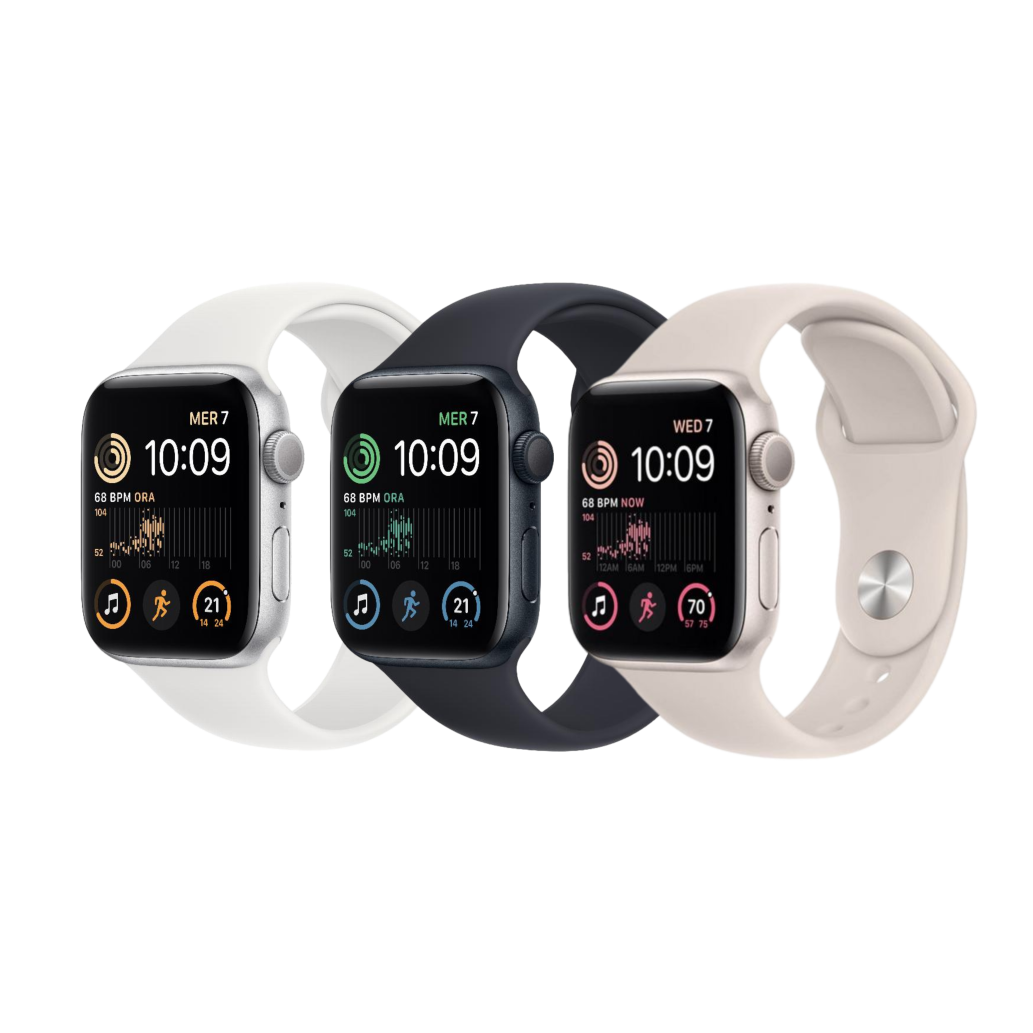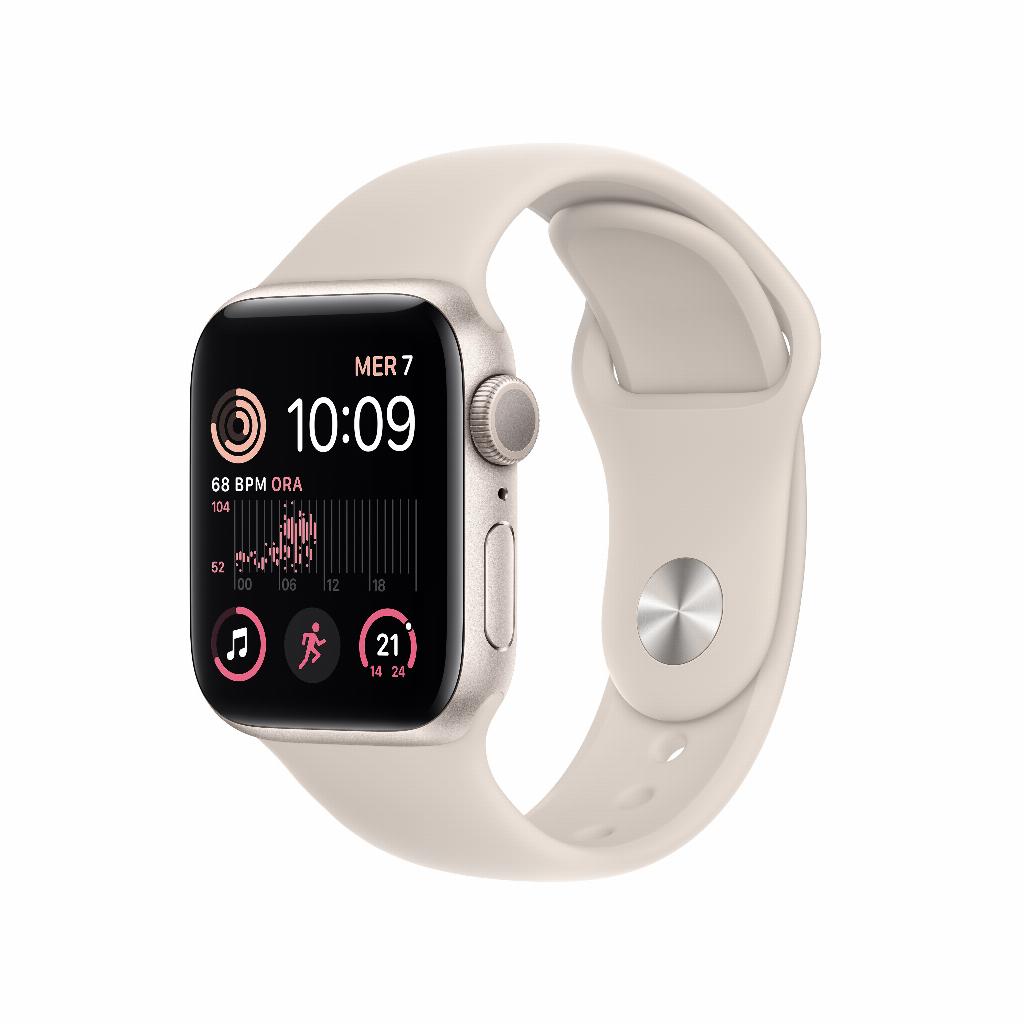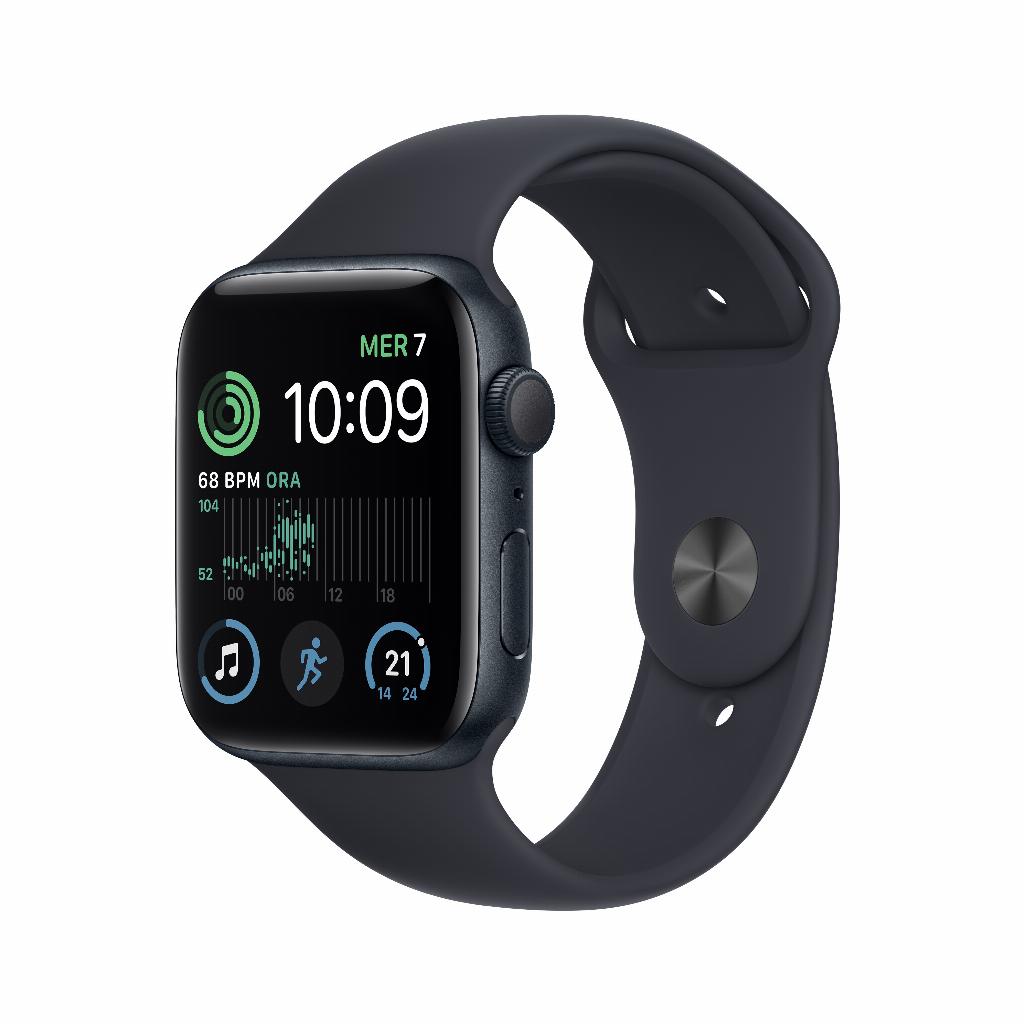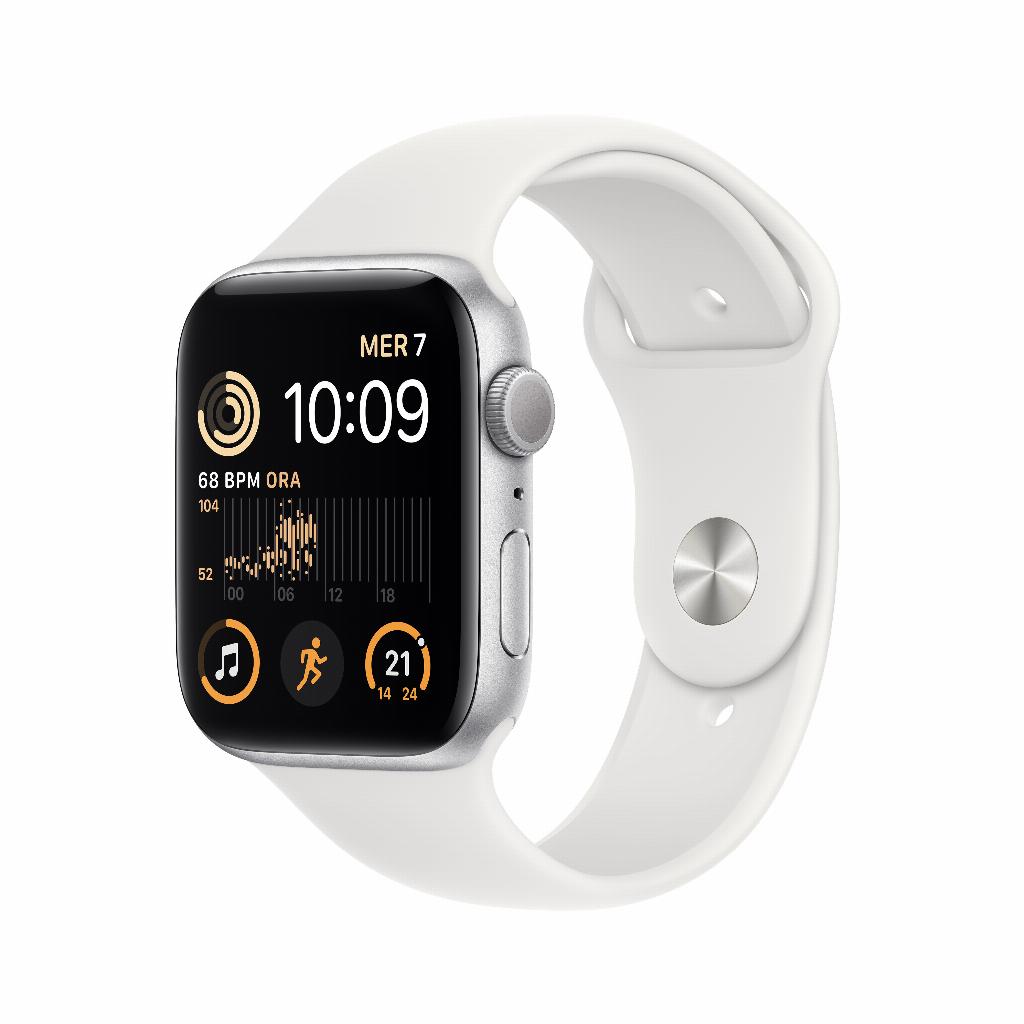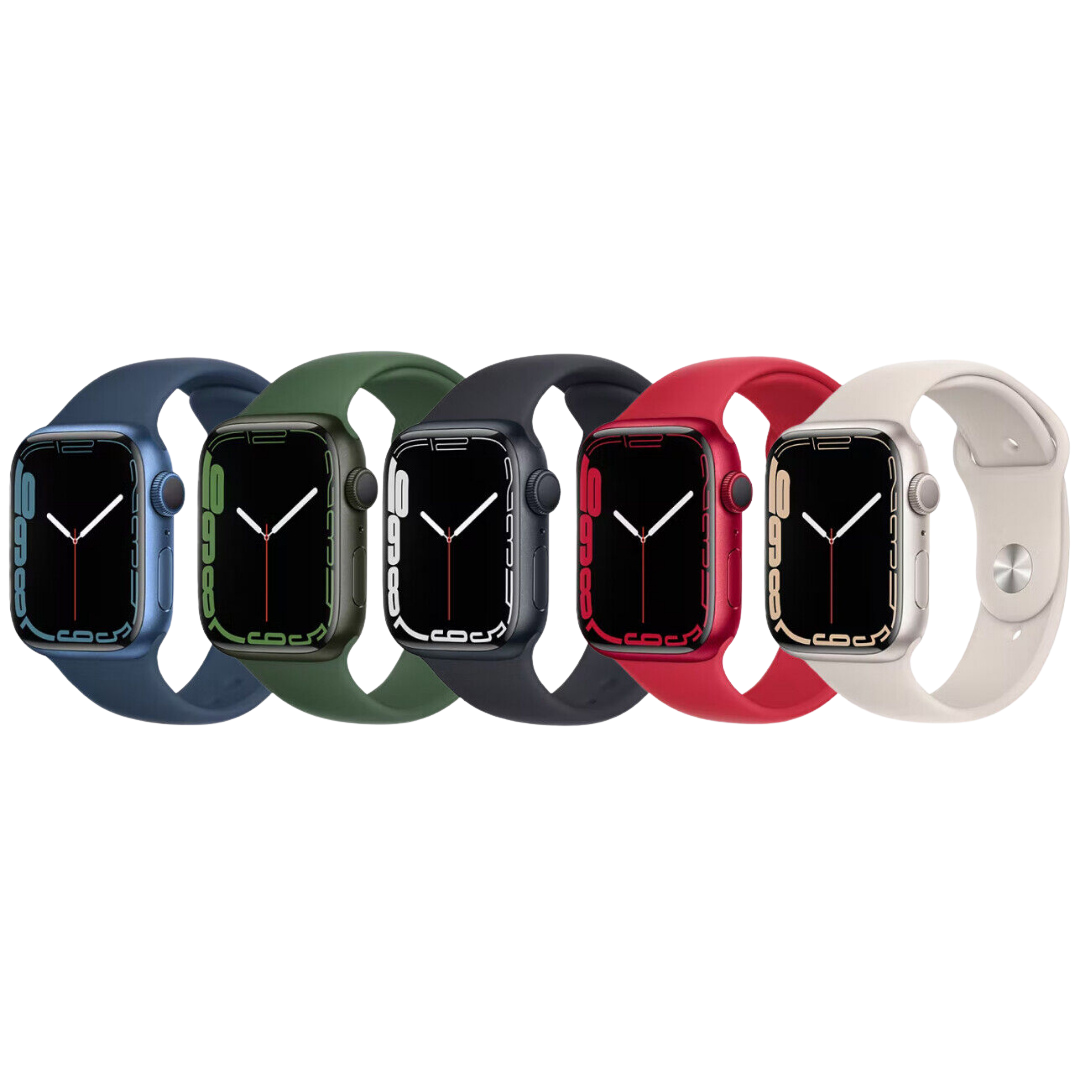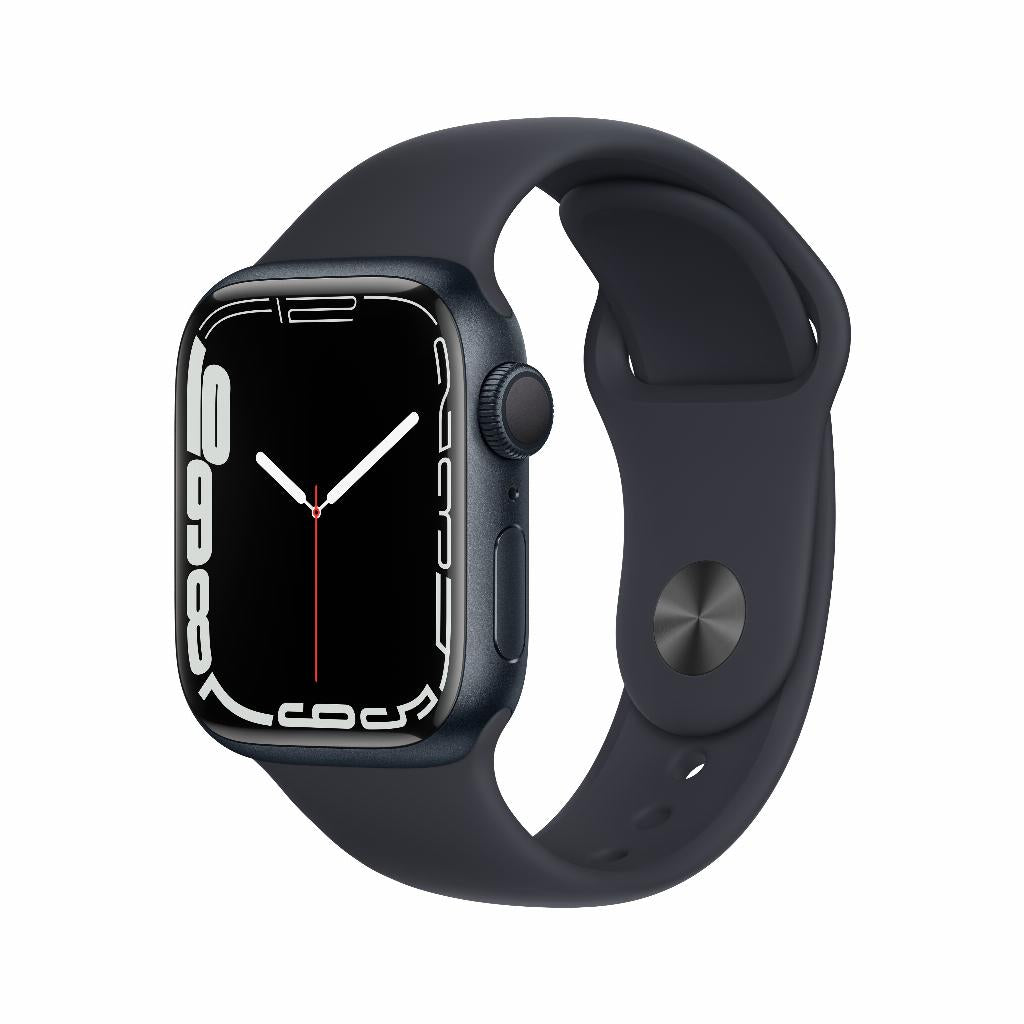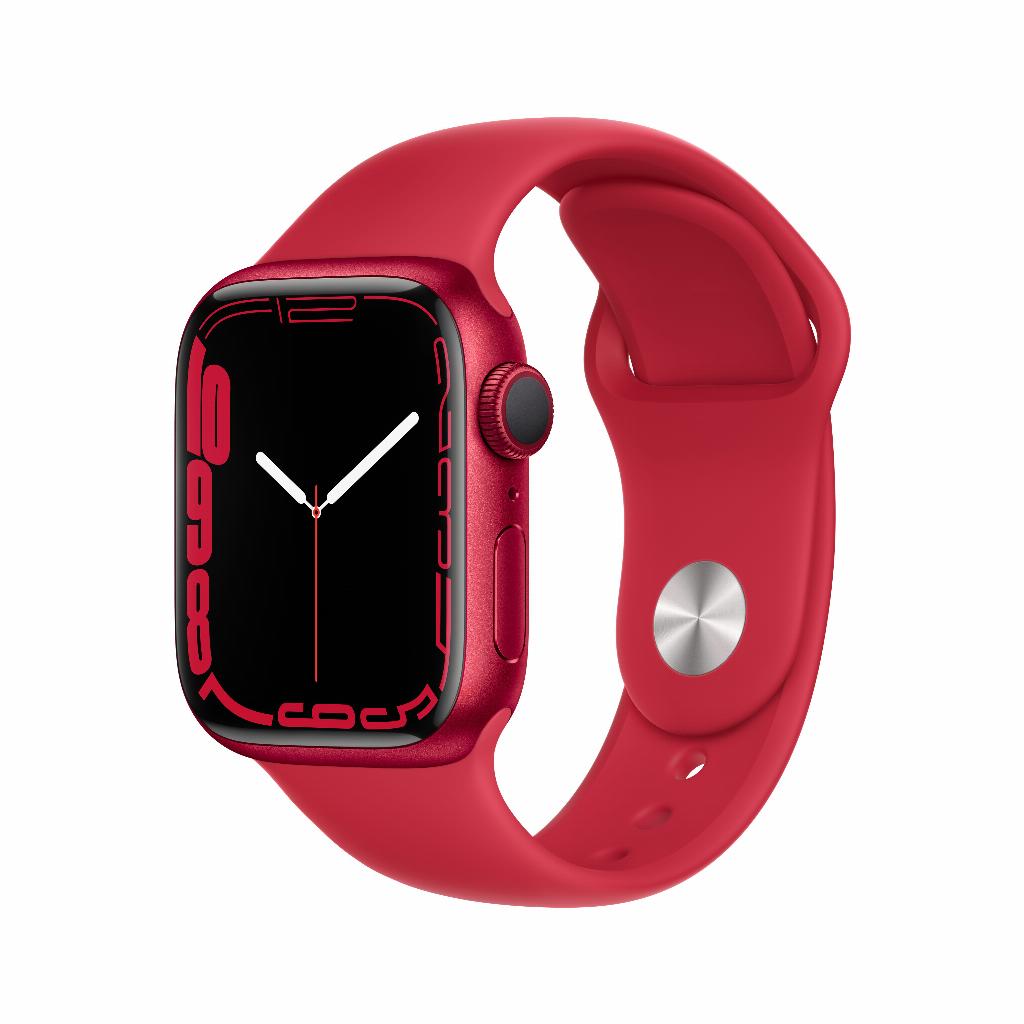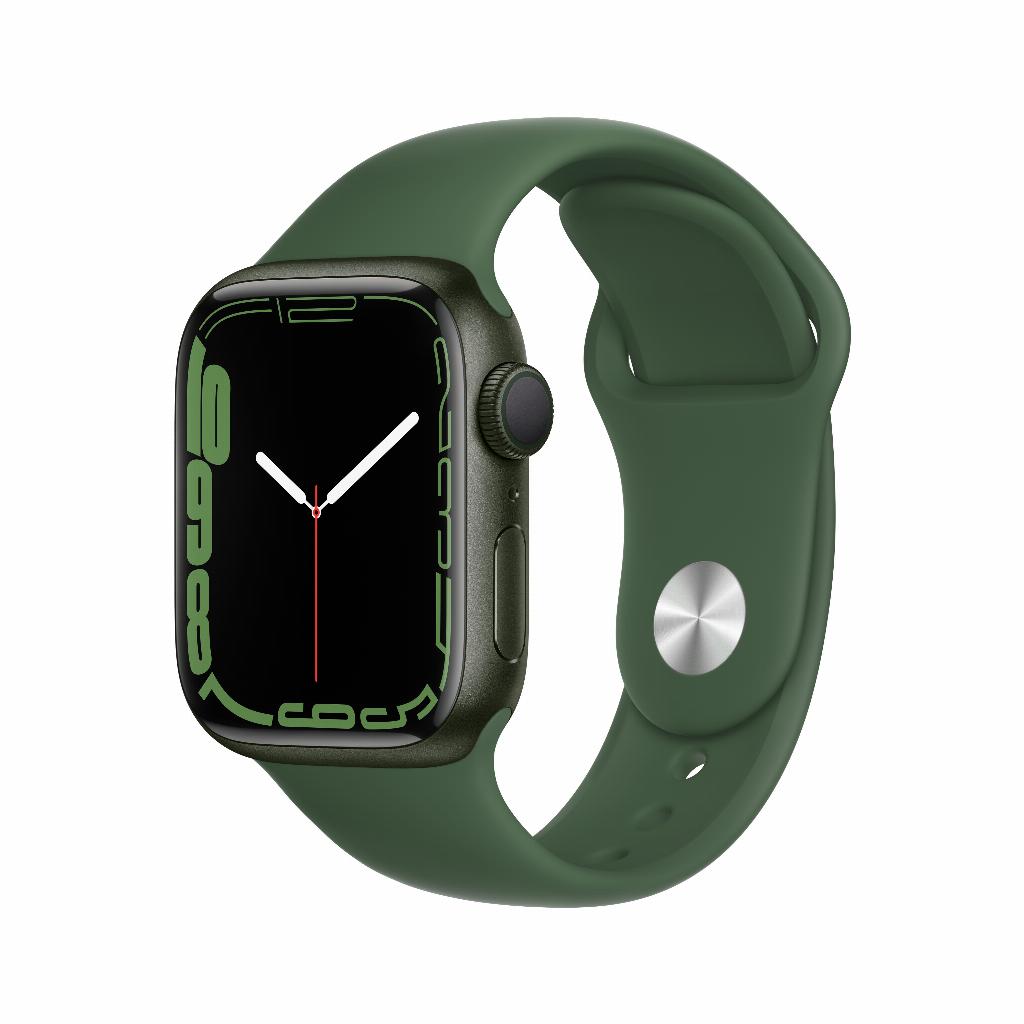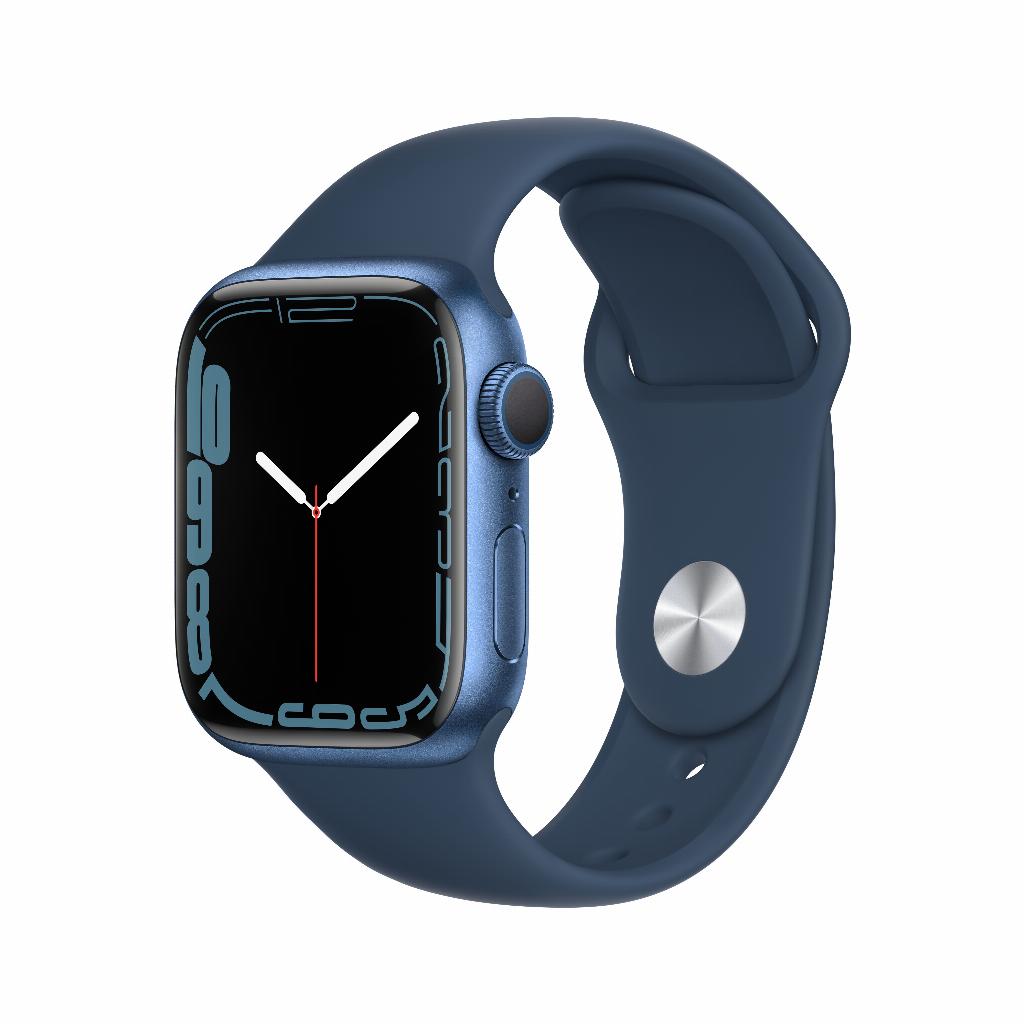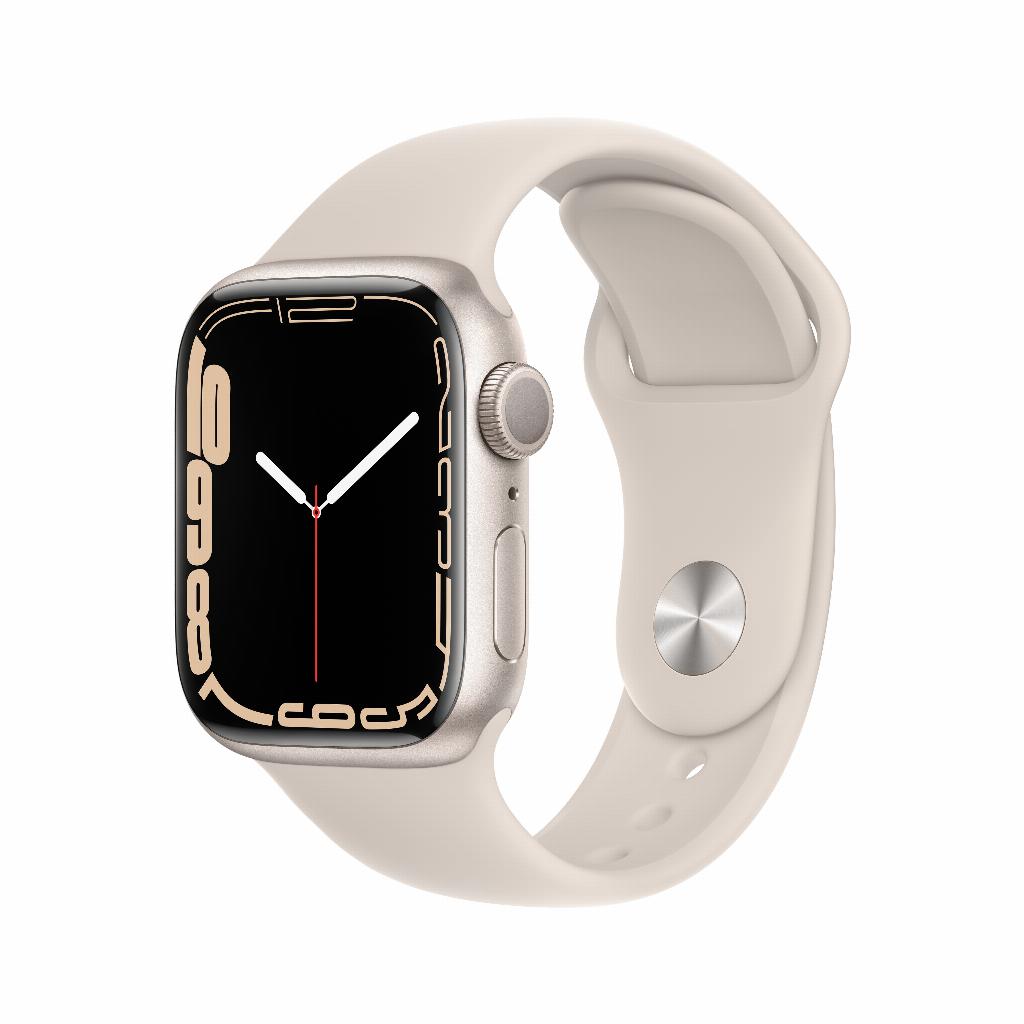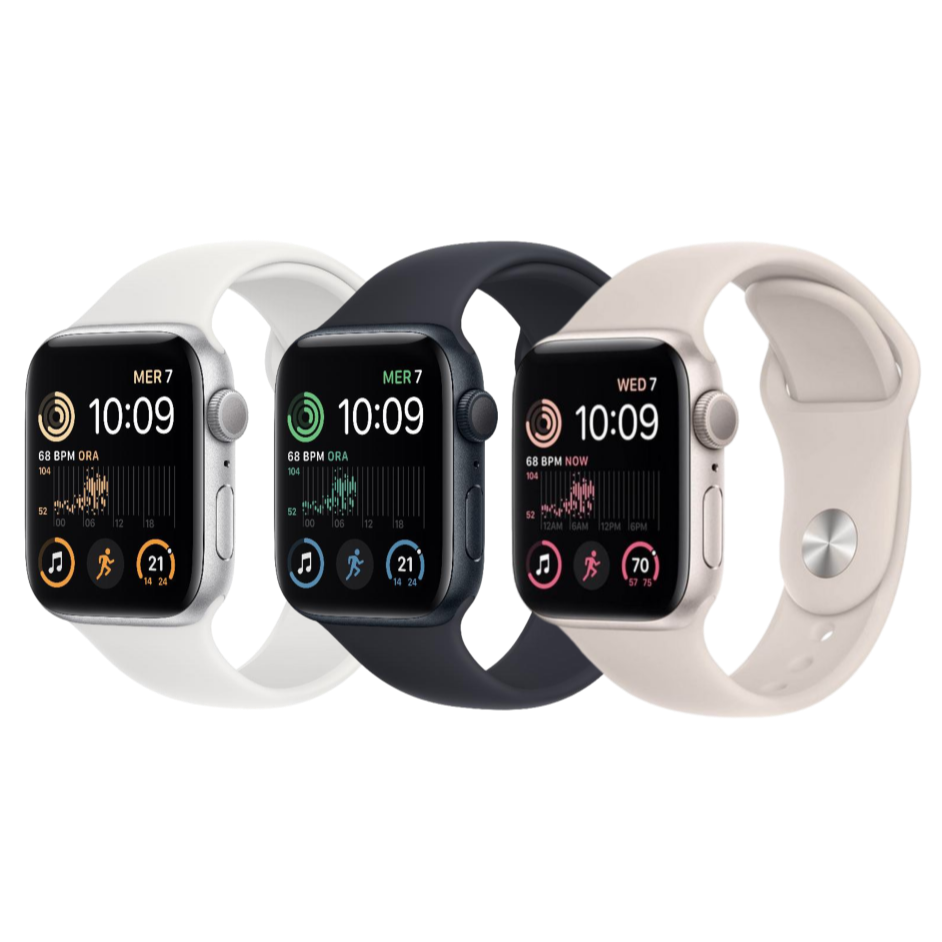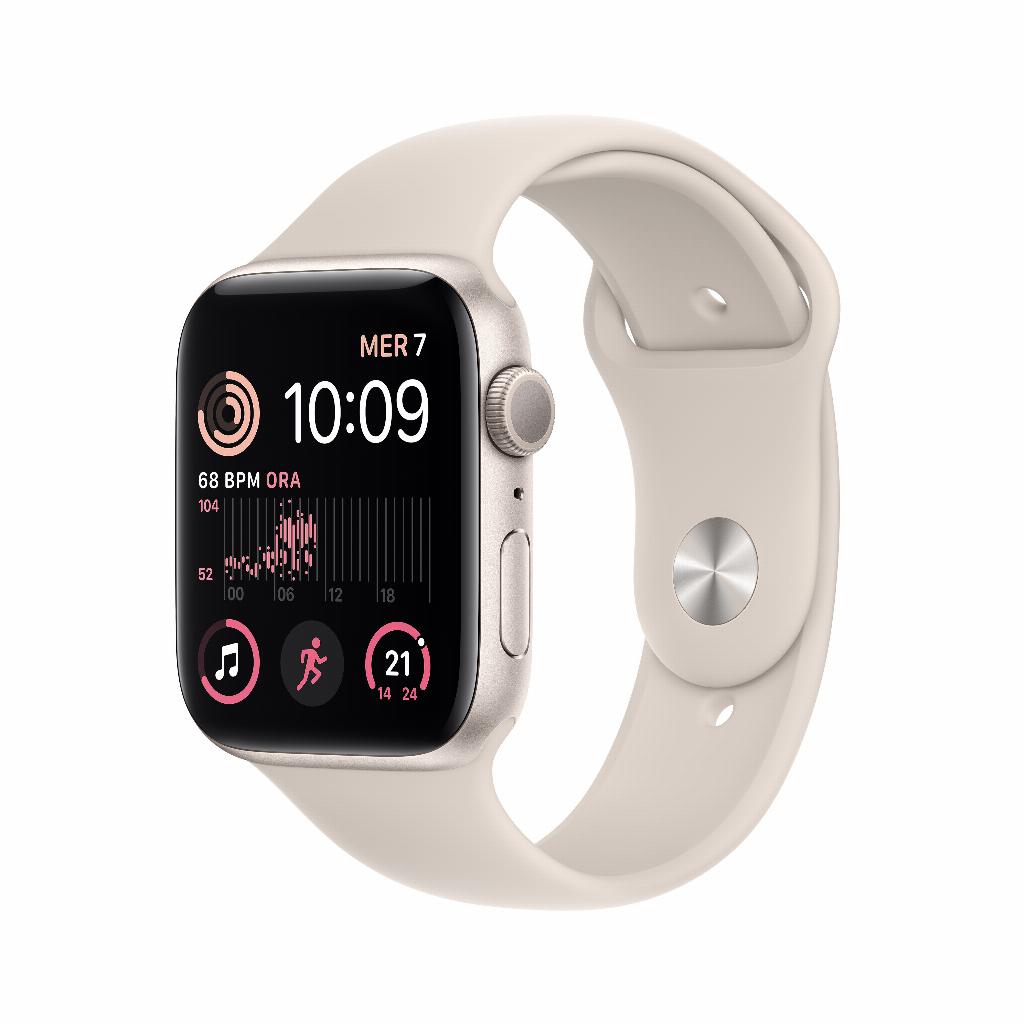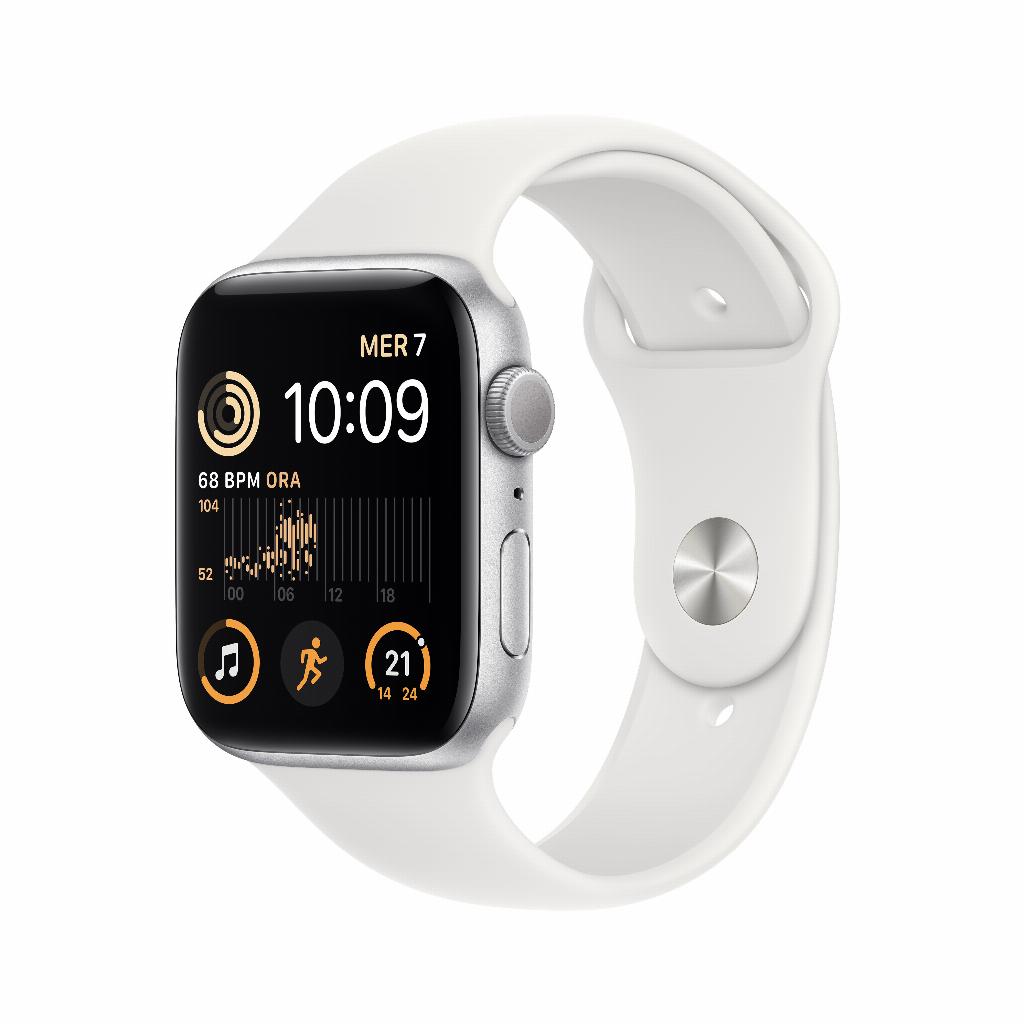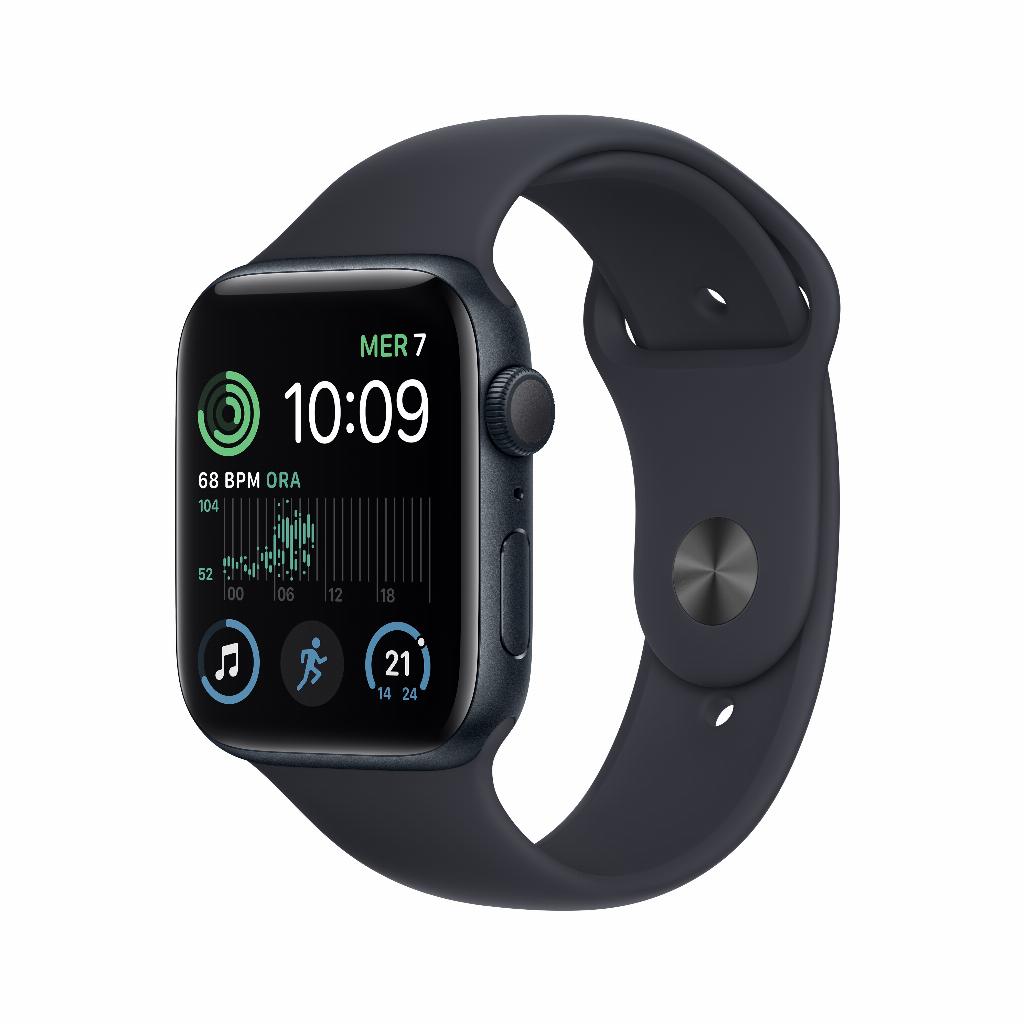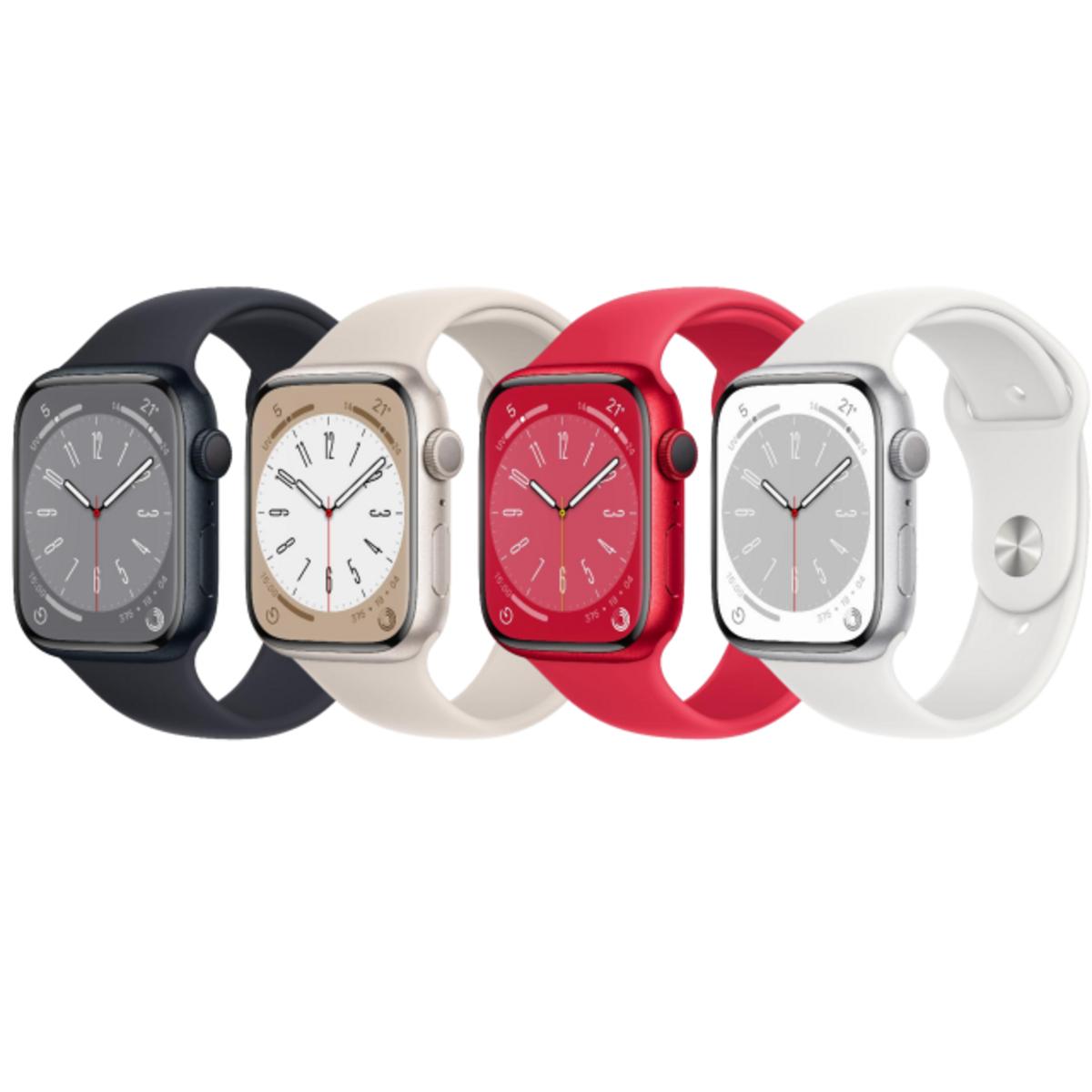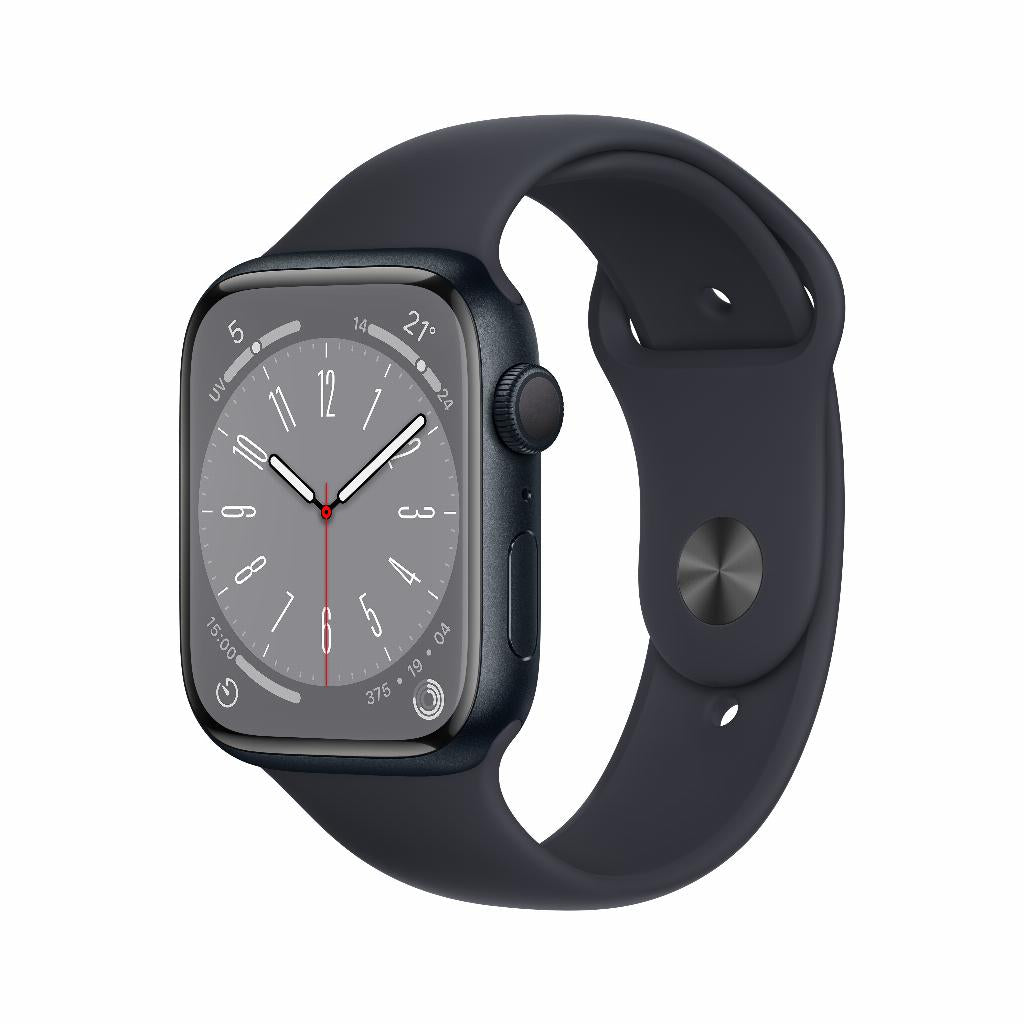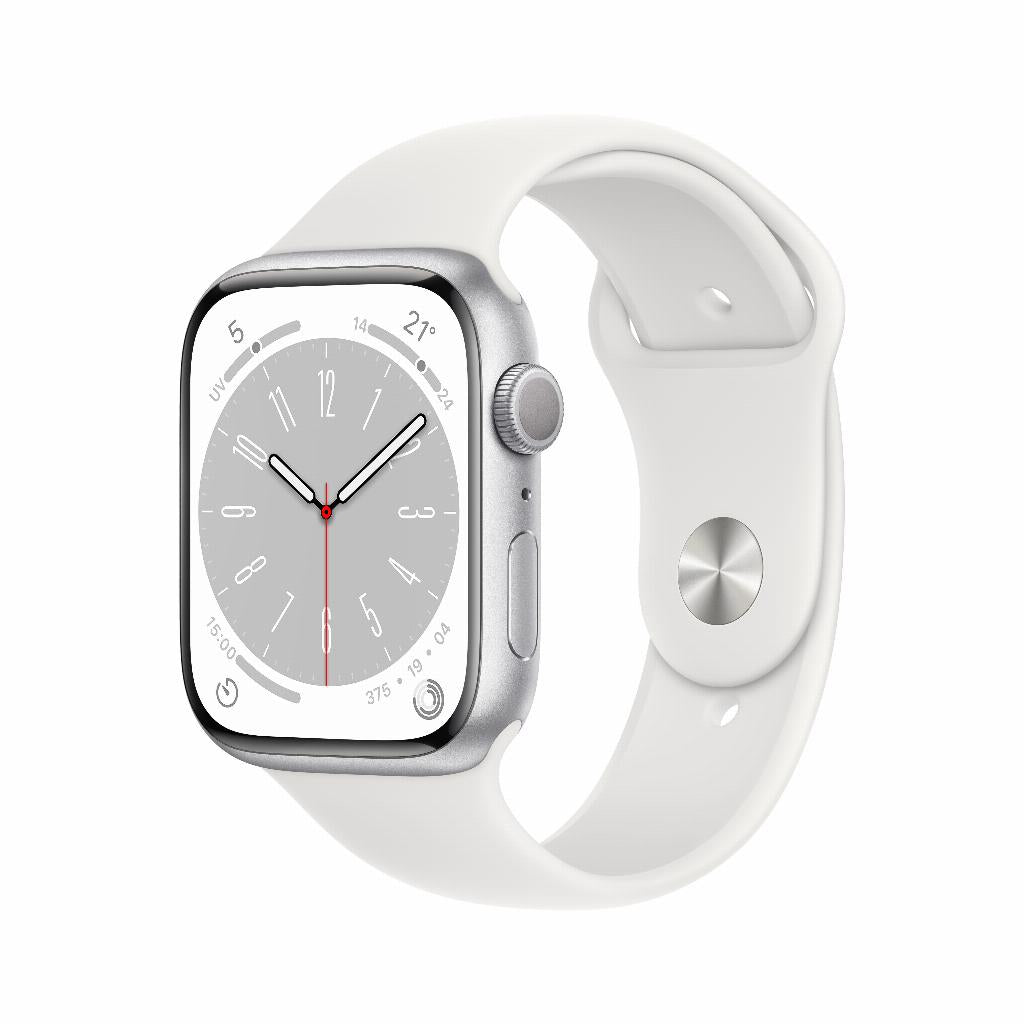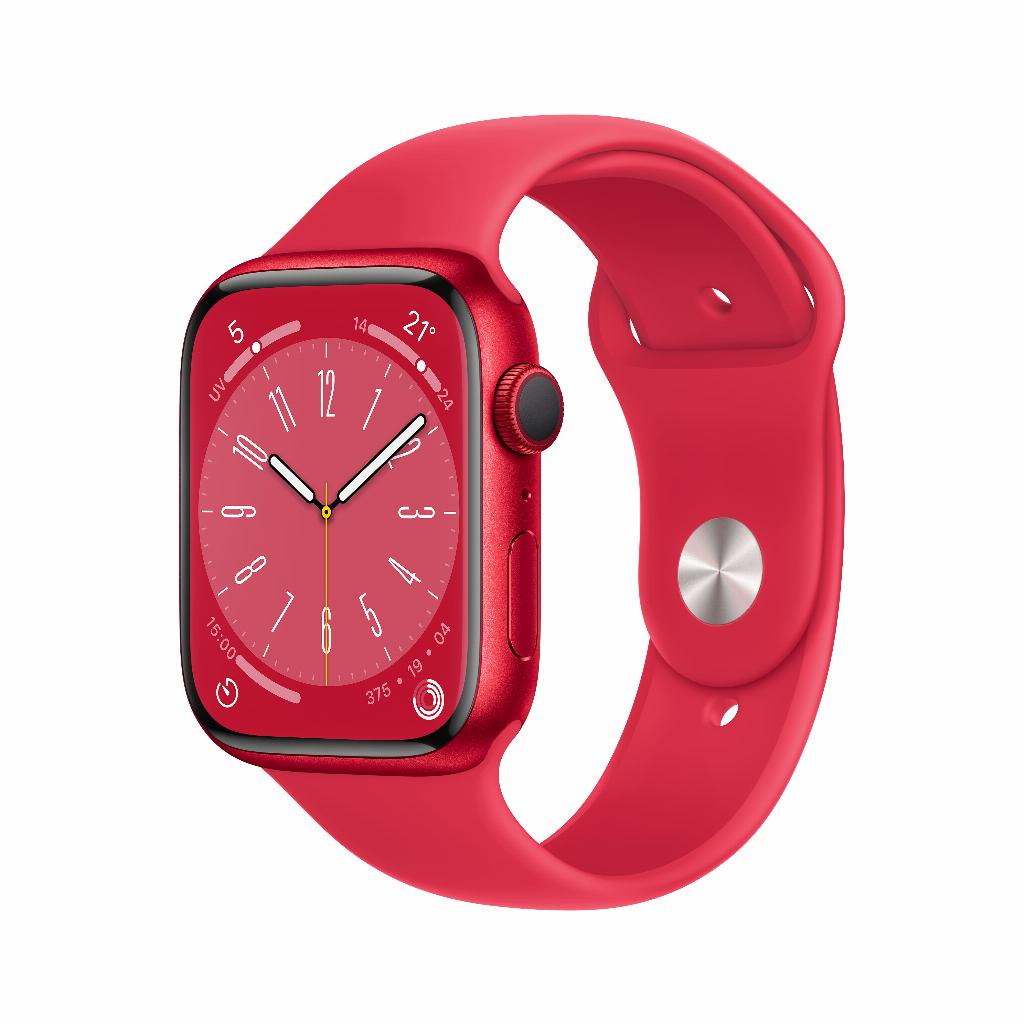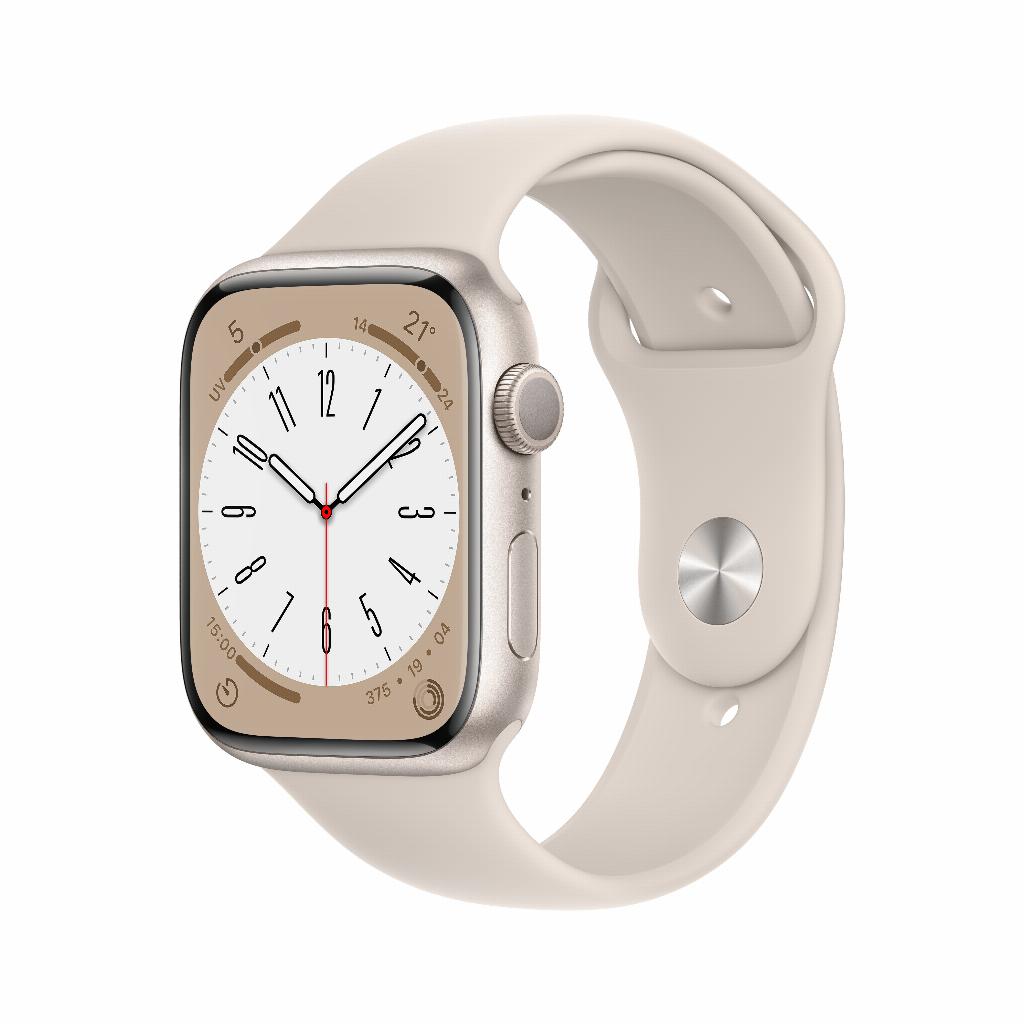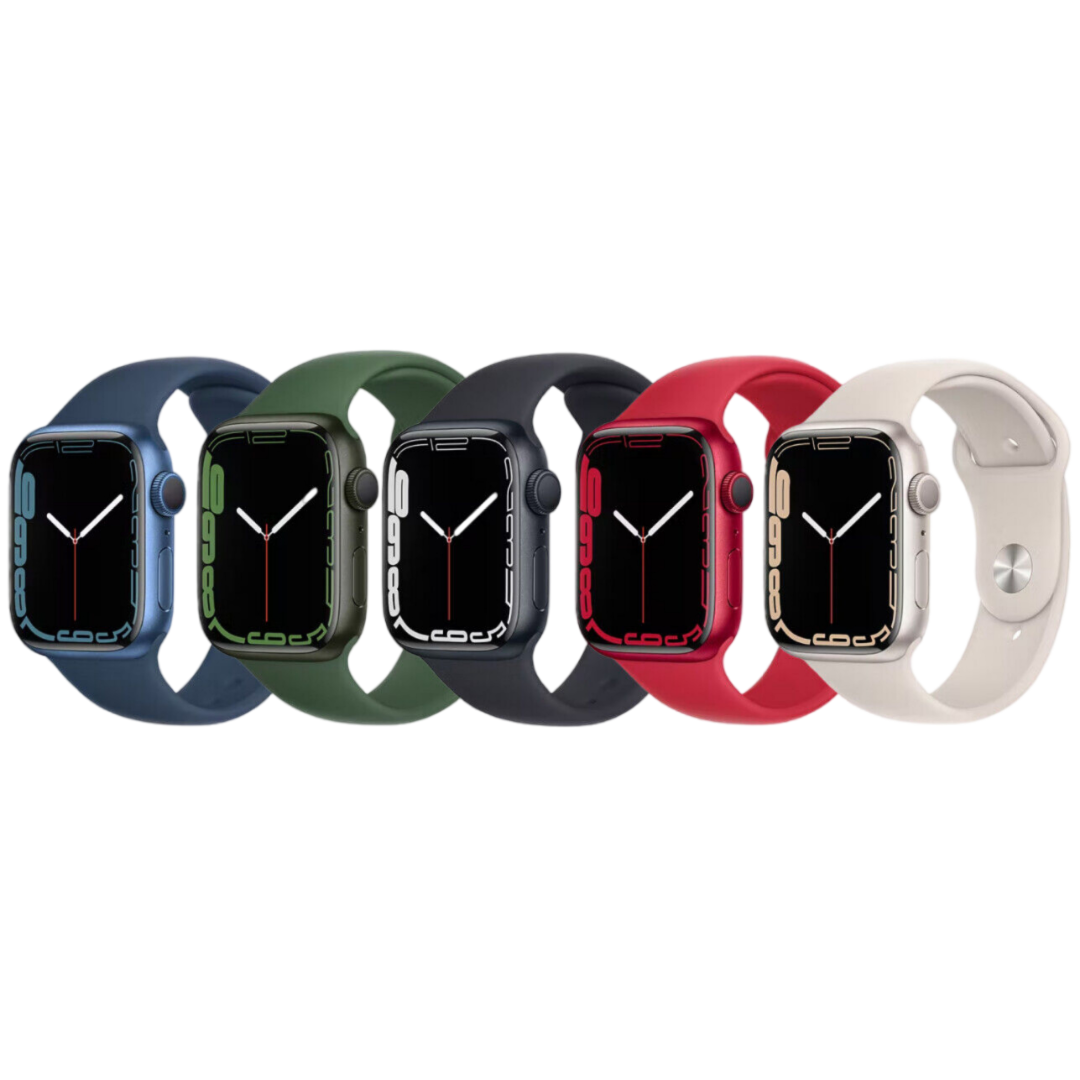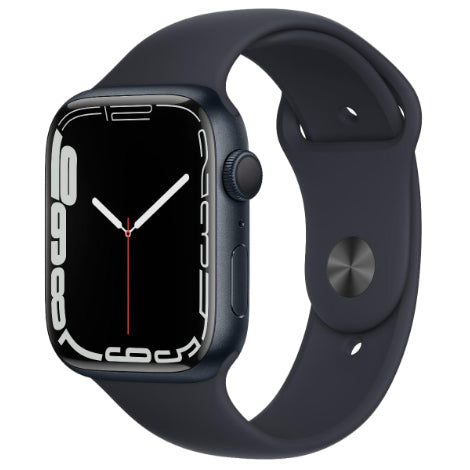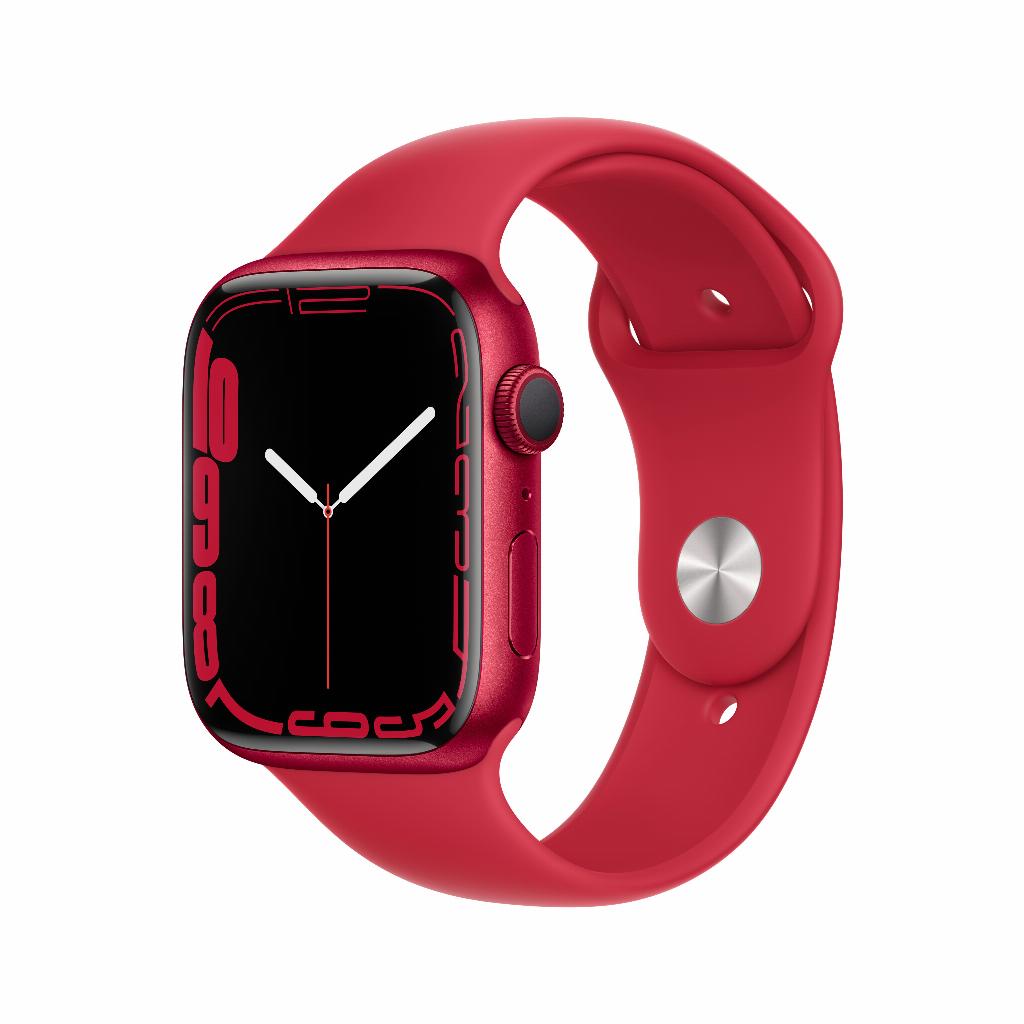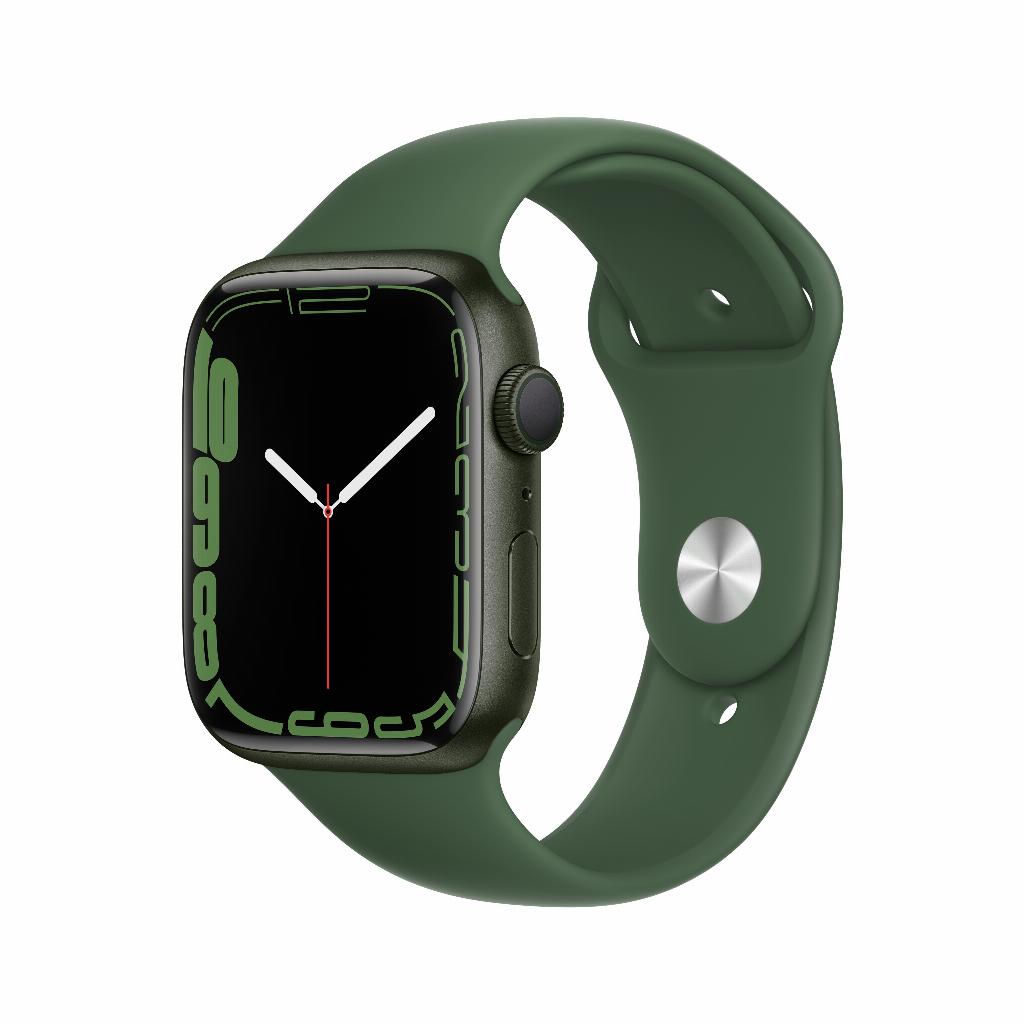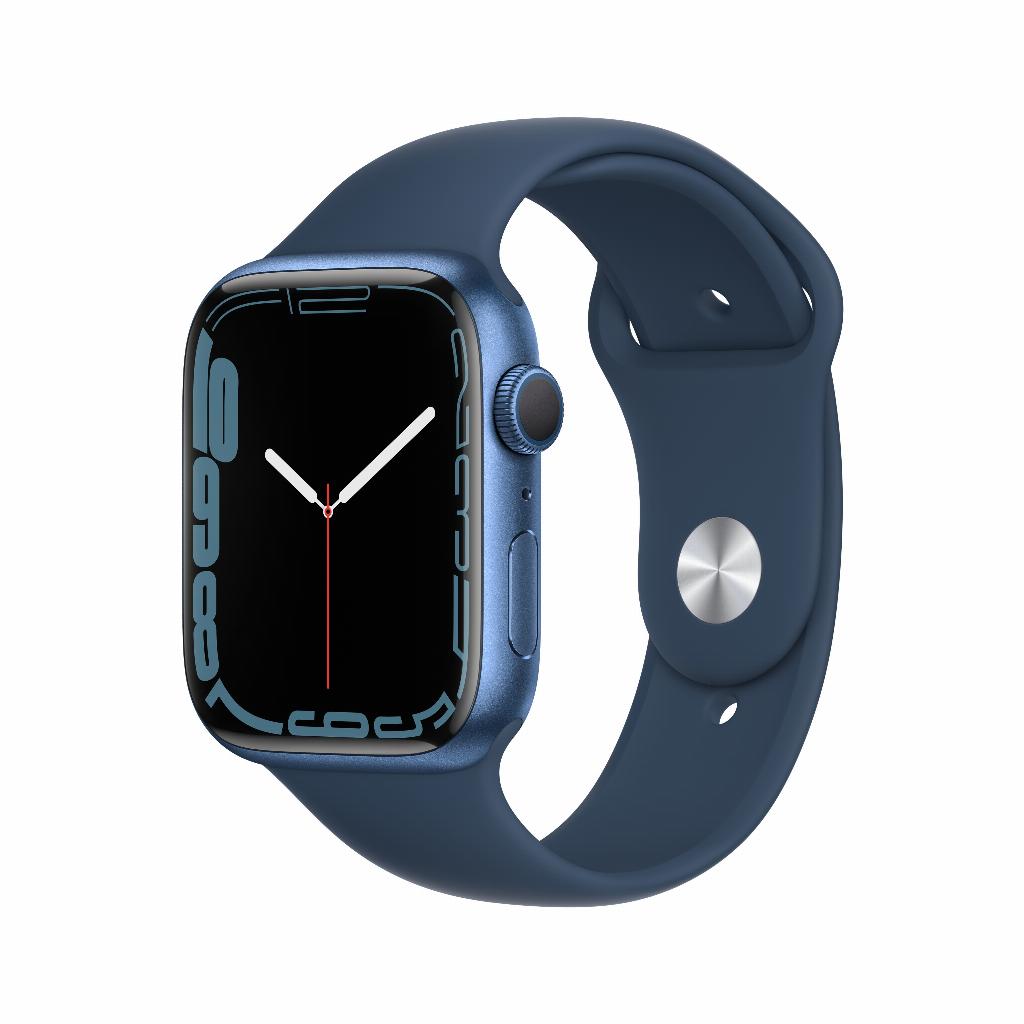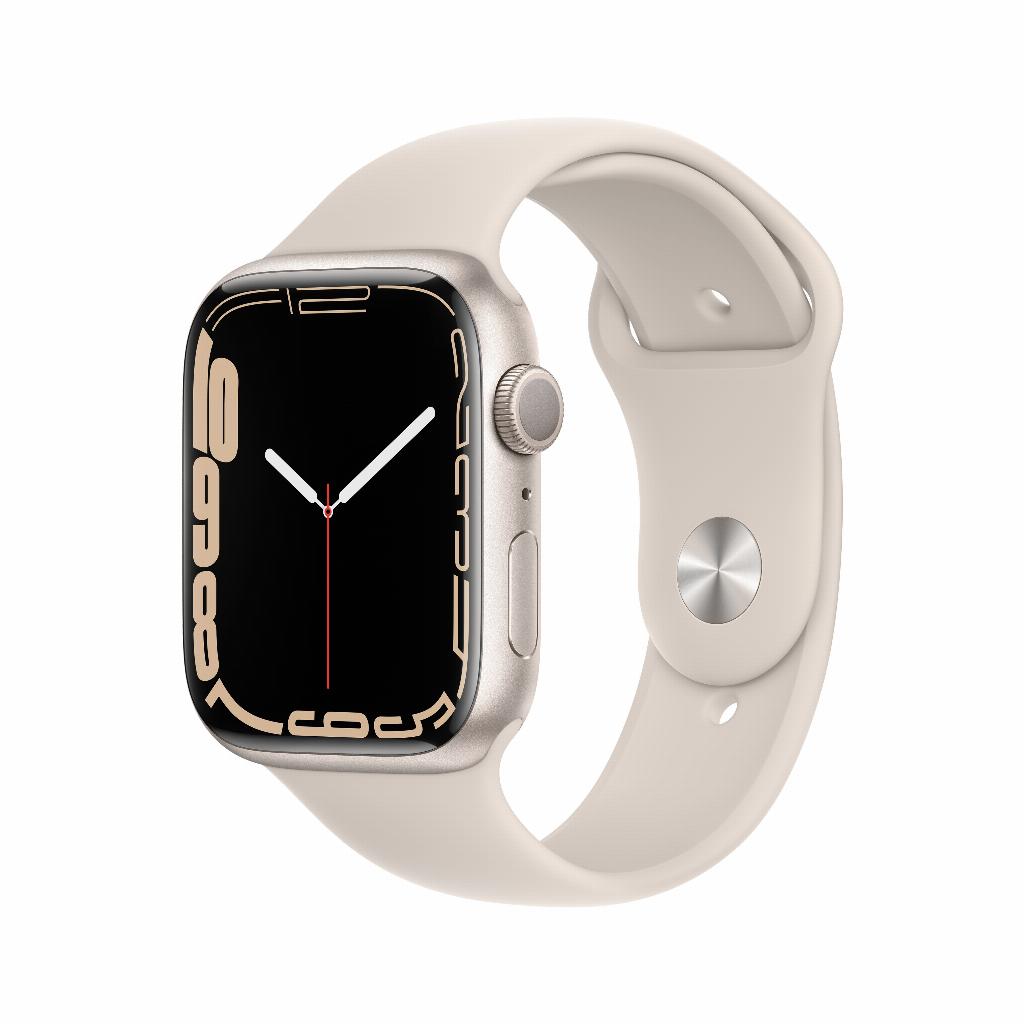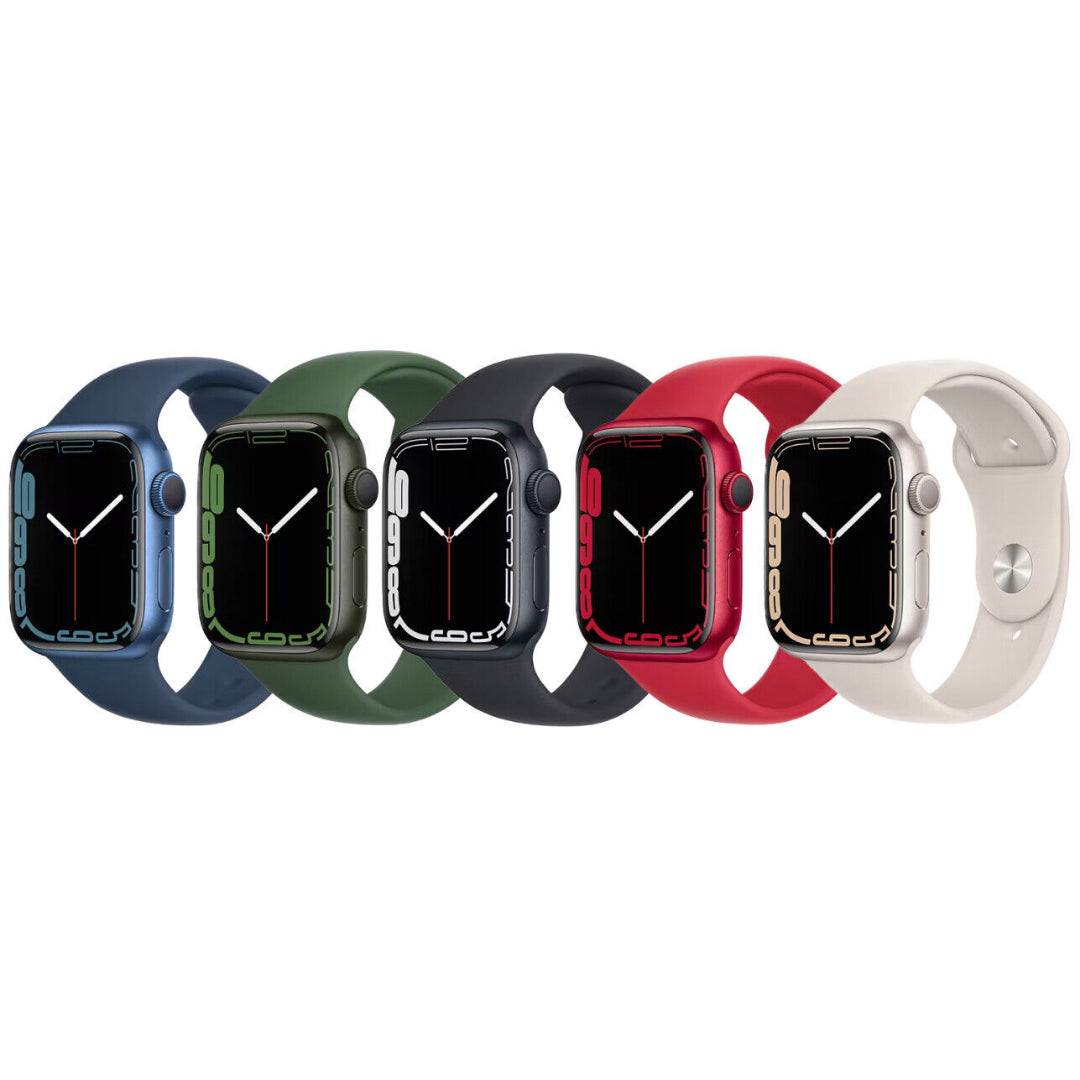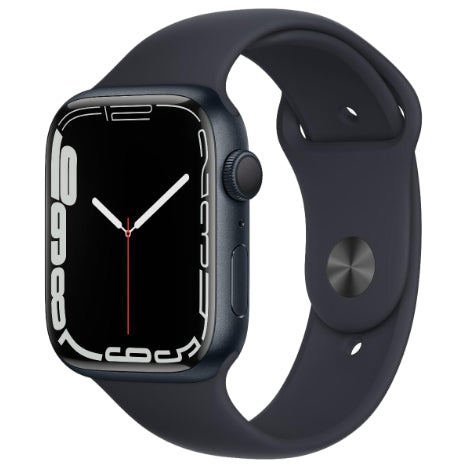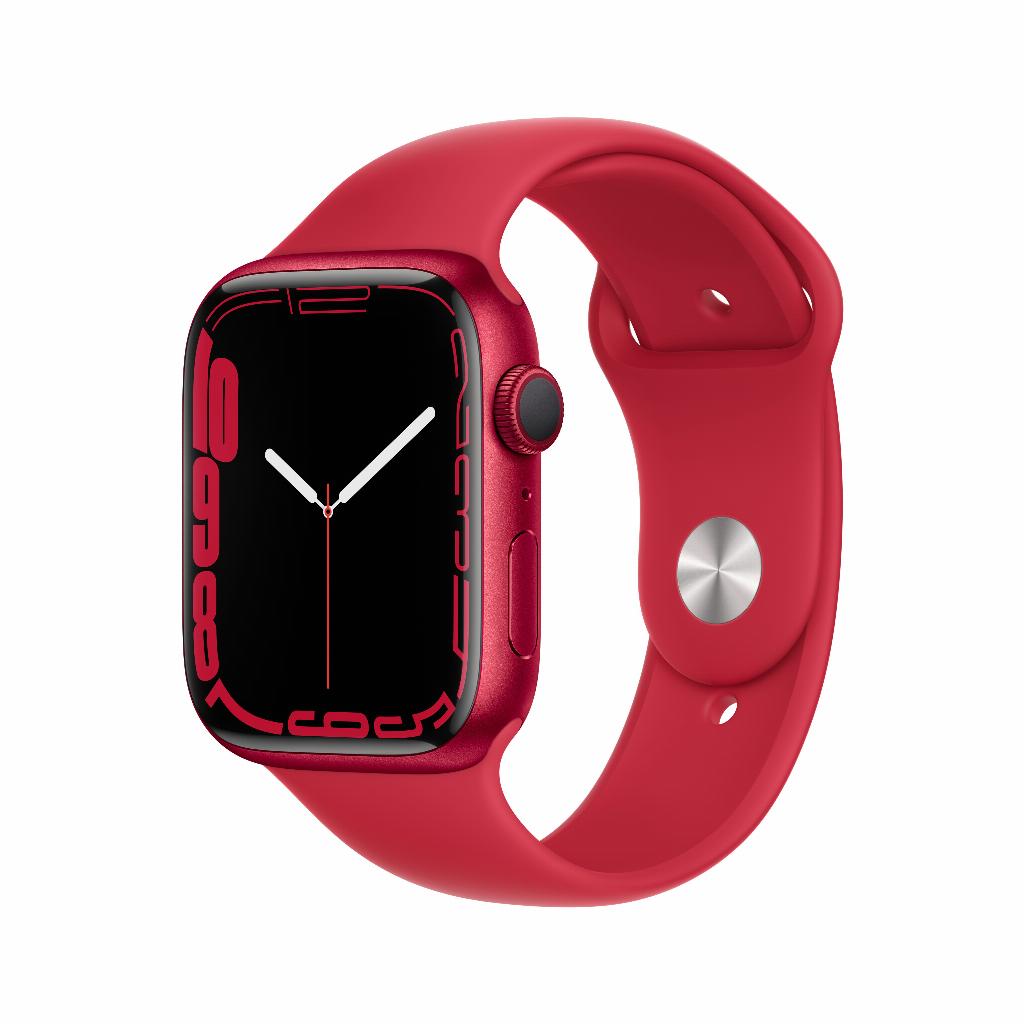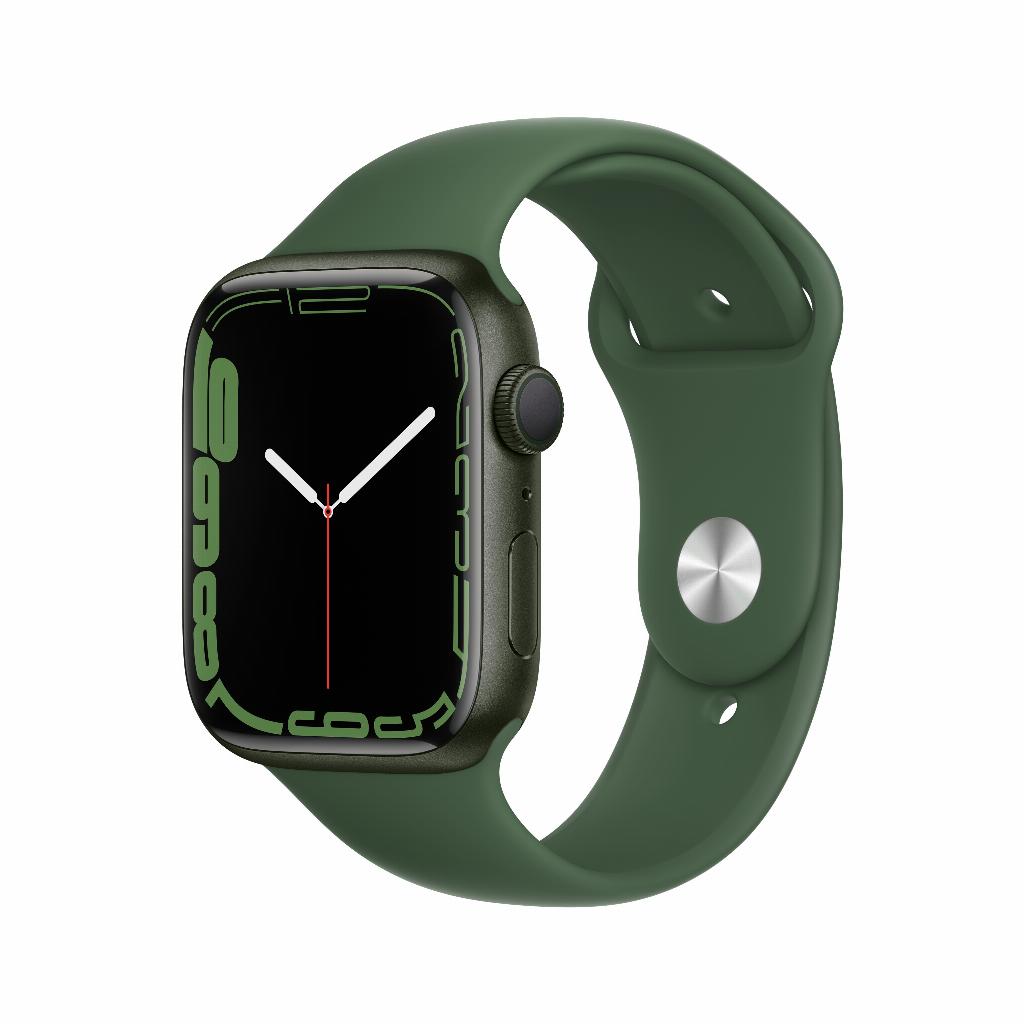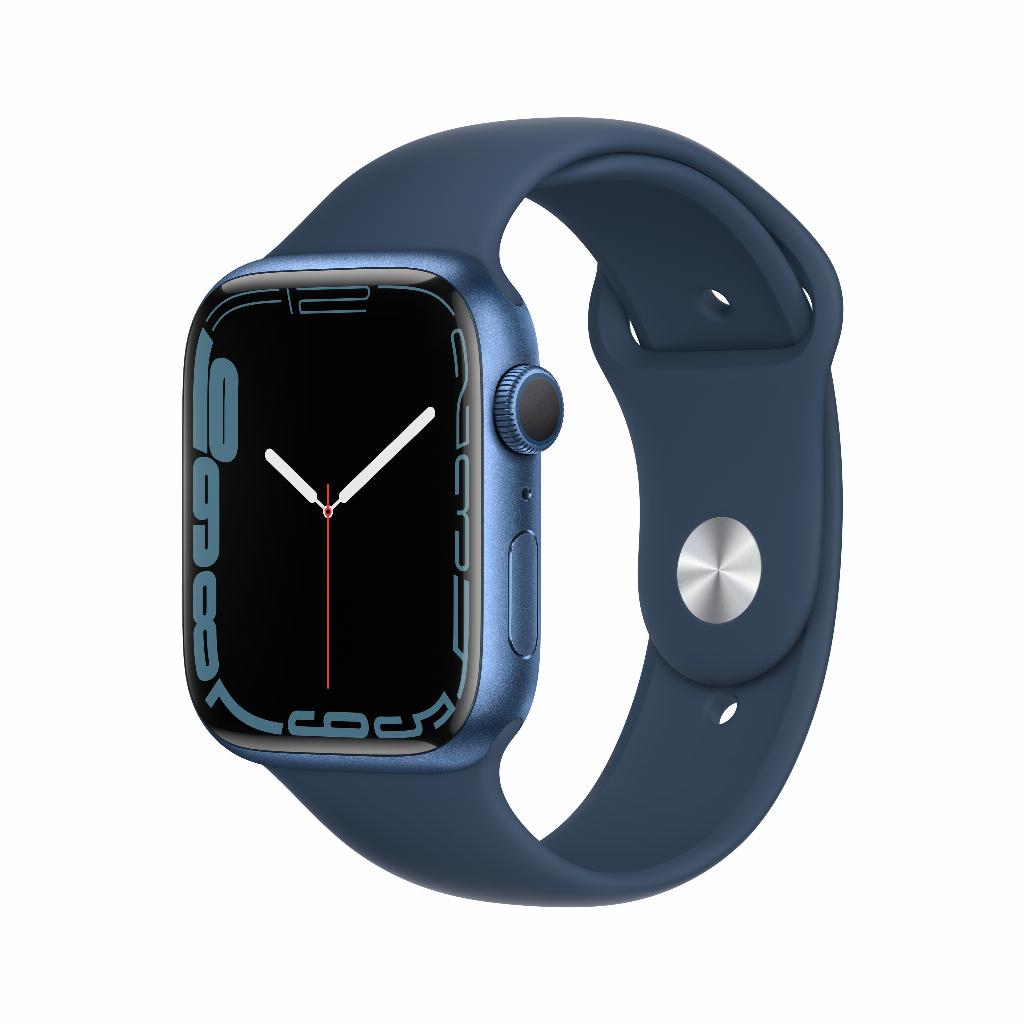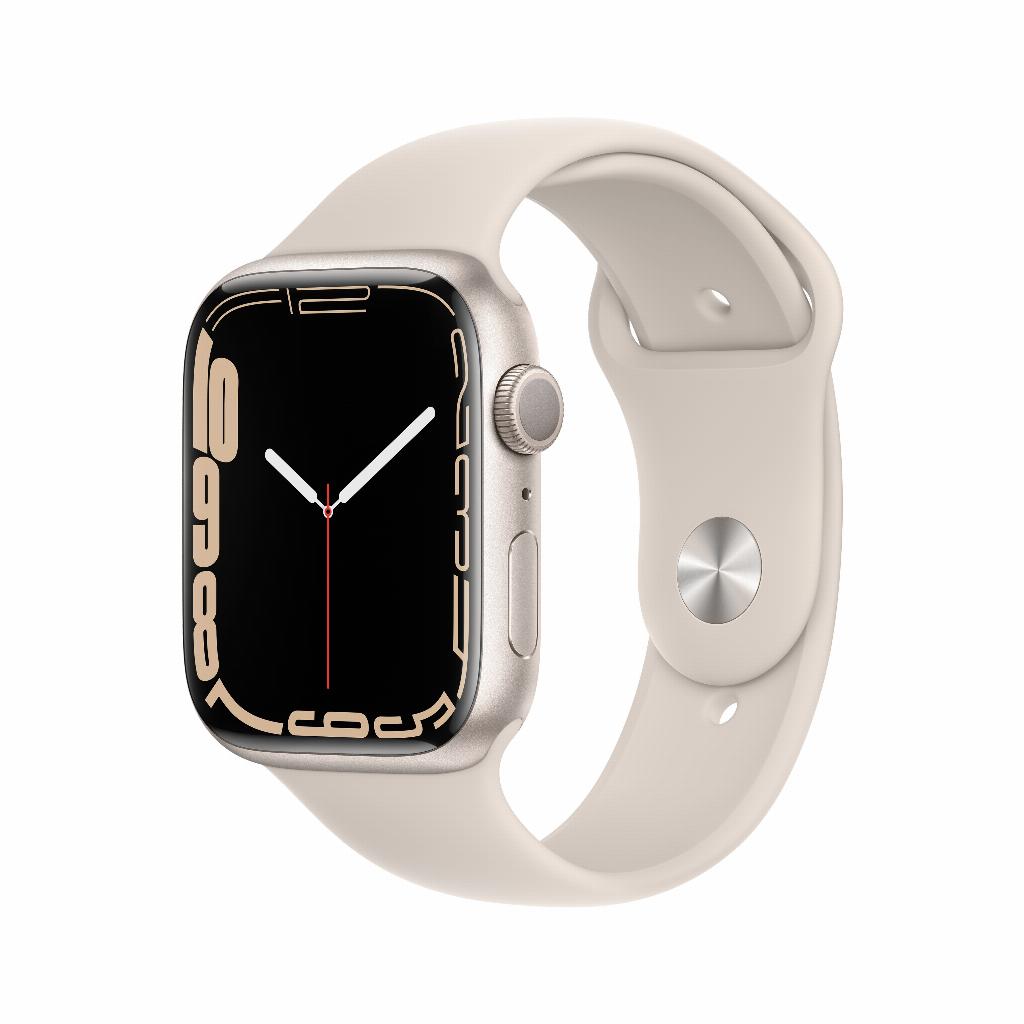WiFi or 4G: Which Apple Watch is right for you?
Wi-Fi or 4G on your Apple Watch? It seems like a simple choice. Wi-Fi models are cheaper. 4G versions offer freedom without a phone. But here's the thing: most people barely use their expensive 4G feature . They pay extra every month for a SIM card they don't actually need. Their phone is always in their pocket anyway.
However, there's a group for whom 4G does make a difference—and they're not necessarily the athletes you'd expect. Think of parents who want to stay connected during school trips. Professionals who consciously leave their phones at home to stay focused. Or people with medical conditions who need to be able to call for help at any time. The Apple Watch Series 3 and Series 4 with 4G are suddenly no longer a luxury, but a necessity. The question is: which category do you fall into?
Useful links
WiFi models: the standard choice
The Wi-Fi-only version is the entry-level model of every Apple Watch series. These models connect to your iPhone via Bluetooth and can use popular Wi-Fi networks. For most users, this is more than enough. Your phone is usually within reach—in your pocket, bag, or on your desk.
The price difference with the cellular version is usually between €100 and €150 at the time of purchase. That might not seem like much, but add the monthly cost of an additional SIM card (about €5 to €10 per month), and you're talking hundreds of euros per year.
When WiFi is enough
For most everyday situations a WiFi model will suffice:
- At the office or at home you work within WiFi range
- When exercising you usually take your phone with you for music
- Your phone is already in the car for navigation
- When you go shopping or on outings, you always have your phone with you
4G connectivity: freedom with a price tag
The cellular models (also called GPS + Cellular) have a built-in eSIM. This allows the watch to connect independently to the mobile network. You can make calls, send messages, and use apps without your iPhone nearby.
This independence sounds tempting, but in practice, many owners rarely activate their cellular data plan. They forget to sign up for a data plan or find the extra costs unjustifiable compared to sporadic use.
Real added value of 4G
However, there are specific groups for which the cellular function is indeed valuable:
Runners and cyclists: Leave your phone at home and stream music directly via Spotify or Apple Music. In case of emergency, you can always reach someone. The difference in weight between a phone in your pocket and just a watch on your wrist is noticeable during long workouts.
Parents of young children: During school trips, playground visits, or swimming lessons, you want to stay connected without constantly having to watch your phone. The watch is easy to take with you in the shower or pool (water resistant up to 50 meters).
Professionals with focus time: More and more people are consciously leaving their phones at home or in another room during deep work sessions. With a cellular Apple Watch, you can stay reachable for emergencies without the constant distraction of social media and news apps.
Technical differences between models
Starting with Series 3, Apple offers both connectivity options. The Wi-Fi models use the 802.11b/g/n standard at 2.4GHz. The newer Series 6 and 7 also support 5GHz Wi-Fi for faster connections.
The cellular models have the exact same Wi-Fi capabilities, plus LTE connectivity. They can be identified by the red ring on the Digital Crown (on some models) or by the product description "GPS + Cellular."
Battery life: an important difference
An often-overlooked aspect is battery life. Cellular connections consume more power than Wi-Fi or Bluetooth. Apple promises 18 hours of battery life for both models, but in practice, a Wi-Fi model lasts longer. If you actively use 4G, your watch will likely need to be charged every night.
Providers and availability in the Netherlands
Not every provider supports the Apple Watch with eSIM. In the Netherlands, KPN, Vodafone, and T-Mobile offer this service. Simyo, Lebara, and other budget providers generally don't support eSIM. Check this beforehand if you're considering purchasing a cellular model.
Costs vary by provider. For example, KPN charges €6 per month for a MultiSIM. Vodafone charges €5. T-Mobile offers similar rates. Note: these plans share the data allowance with your main plan.
Buy refurbished: save smart
A smart way to cut costs is to buy a refurbished model. A used Series 4 with cellular functionality often costs the same as a new Series 3 with only Wi-Fi. You'll get a newer model with a better processor, a larger screen, and the option for 4G connectivity.
For refurbished models, it's especially important to check whether it's a Wi-Fi-only or cellular version. This isn't always clearly stated in advertisements. Look for "GPS + Cellular" in the product description or ask the seller.
Future Outlook: 5G on the way?
Although 5G networks are expanding rapidly, Apple hasn't yet added 5G support to the watch. Current LTE speeds are more than sufficient for the tasks you perform on a watch. Moreover, 5G would further increase battery life.
Don't expect revolutionary changes in connectivity in the coming years. The focus is more on improved battery life and smarter software that determines when each connection is used.
Conclusion: make a conscious choice
The choice between Wi-Fi and 4G depends on your personal situation. For 80% of users, Wi-Fi is perfectly sufficient. The other 20% have specific reasons why cellular connectivity makes a difference. Think about your daily routine. How often are you truly without your phone? Are those moments important enough to warrant a monthly premium?
A practical tip: if you're unsure, start with a Wi-Fi model. You can always upgrade if you find yourself missing the independence. The reverse doesn't work—you can't add cellular functionality to a Wi-Fi-only model. However, you can choose not to activate an eSIM on a cellular model, although you'll then be paying for hardware you don't use.
Making the right choice
The choice between Wi-Fi and 4G on your Apple Watch is ultimately quite simple. Do you always carry your phone with you? Then Wi-Fi is perfectly sufficient, and you'll save significantly on purchase and monthly costs. Are you a runner, a parent with young children, or do you prefer to work without phone distractions? Then 4G could be worth the investment.
If in doubt, start with a refurbished Wi-Fi model – you can always upgrade to cellular later if you really miss the independence. The other way around doesn't work.


